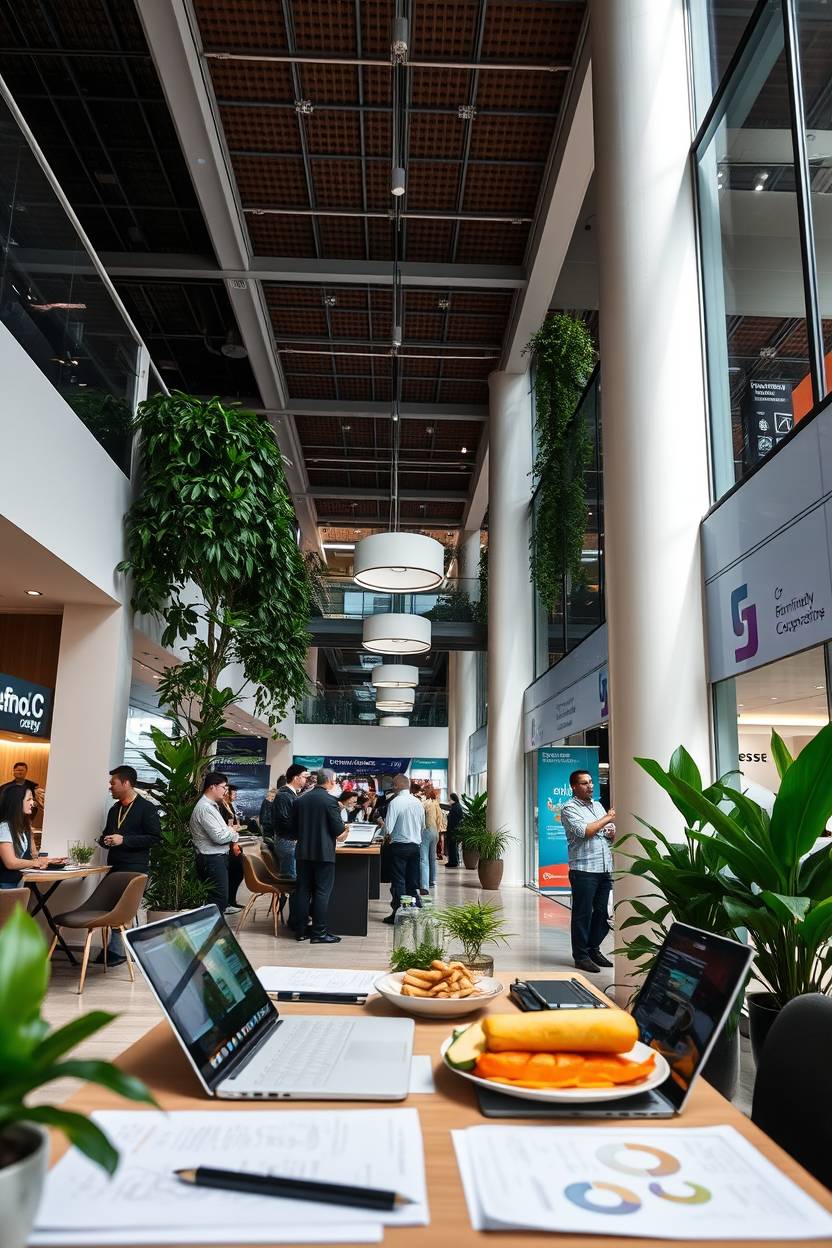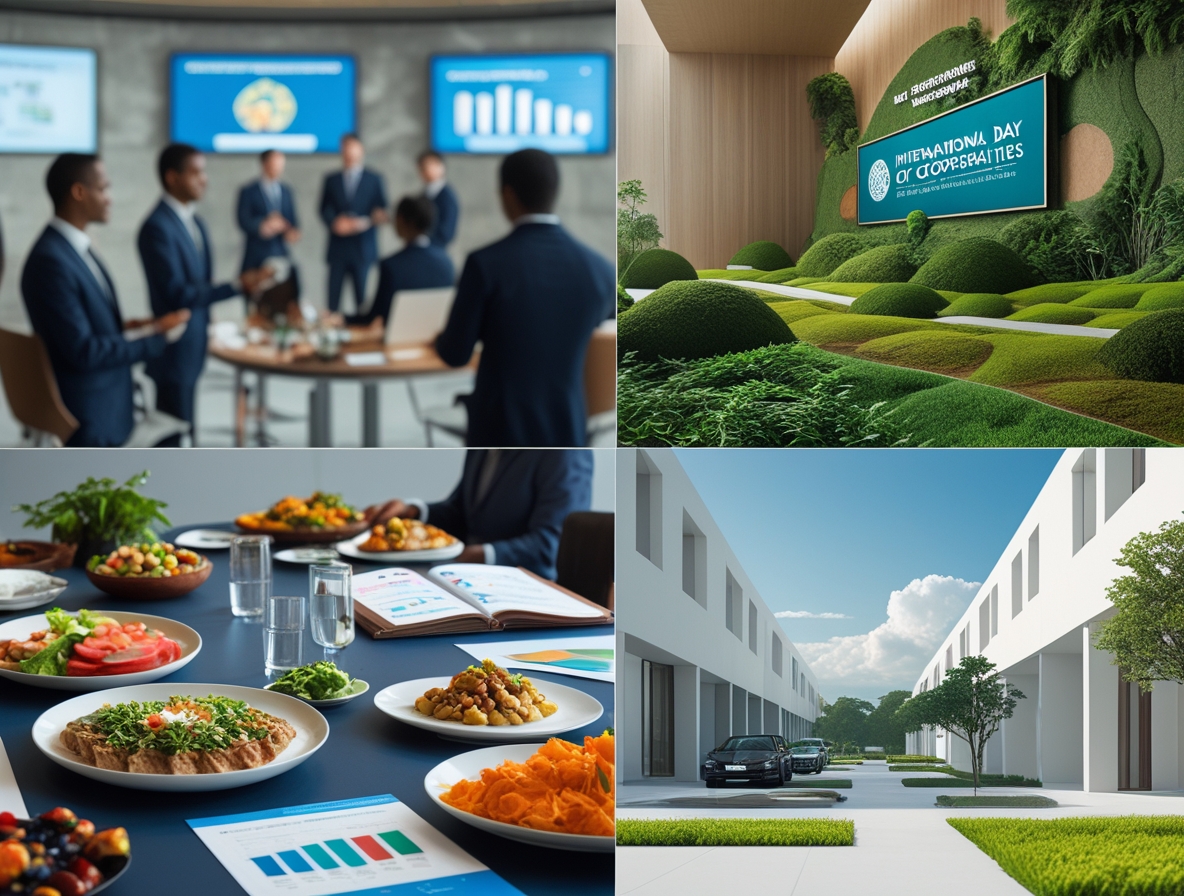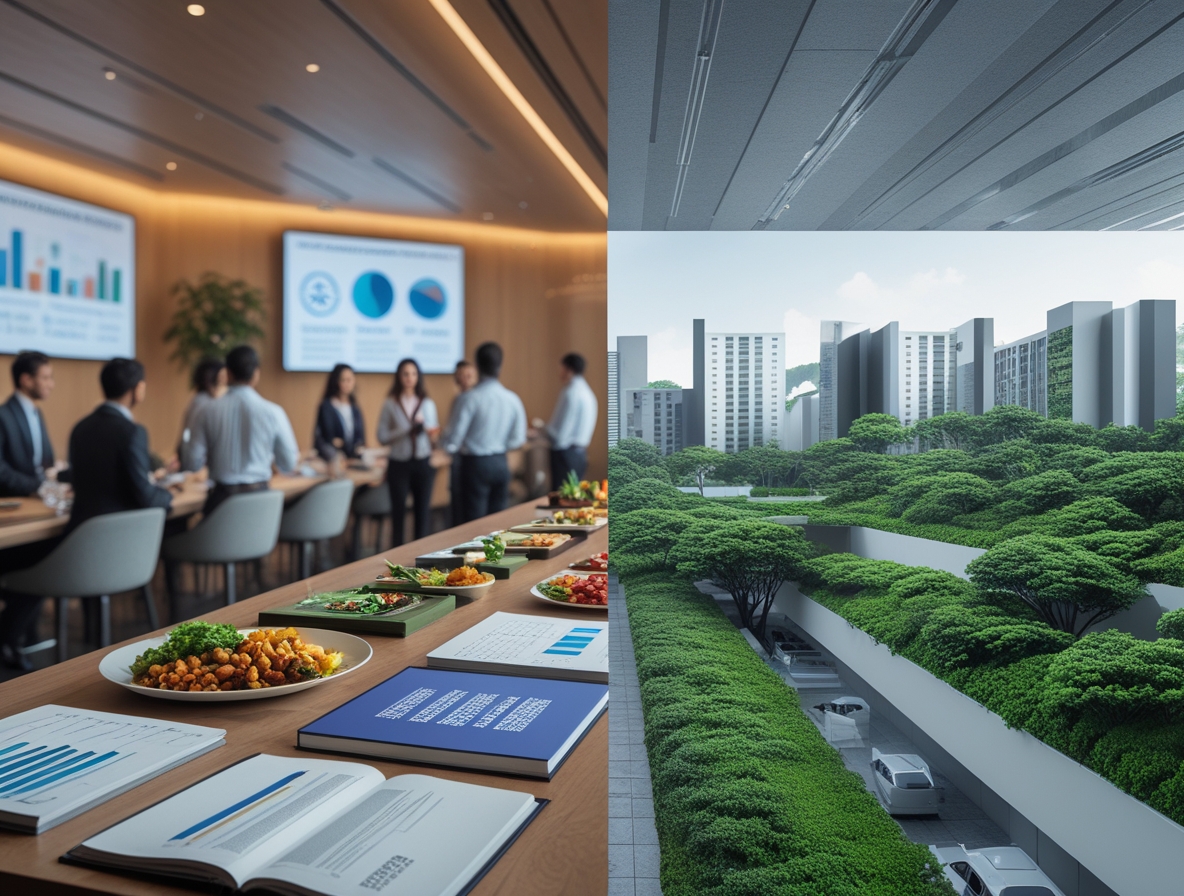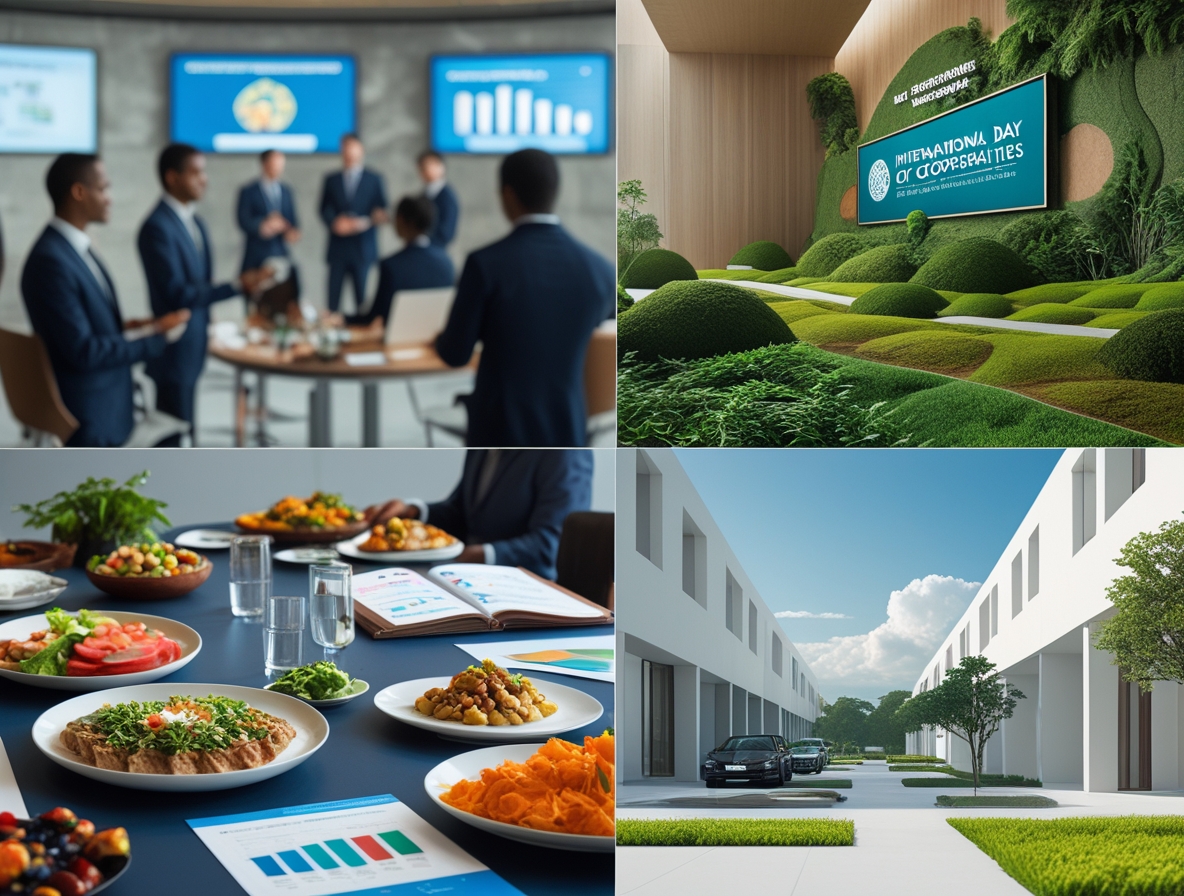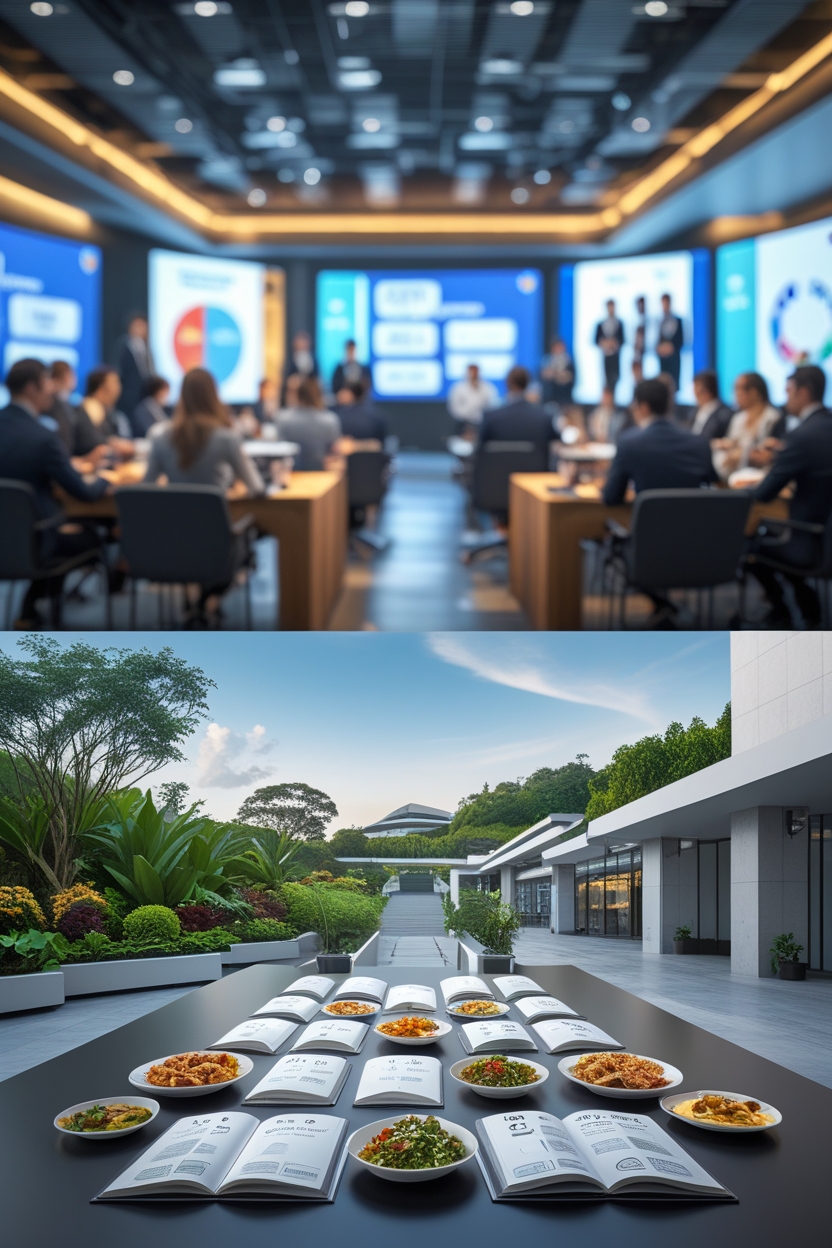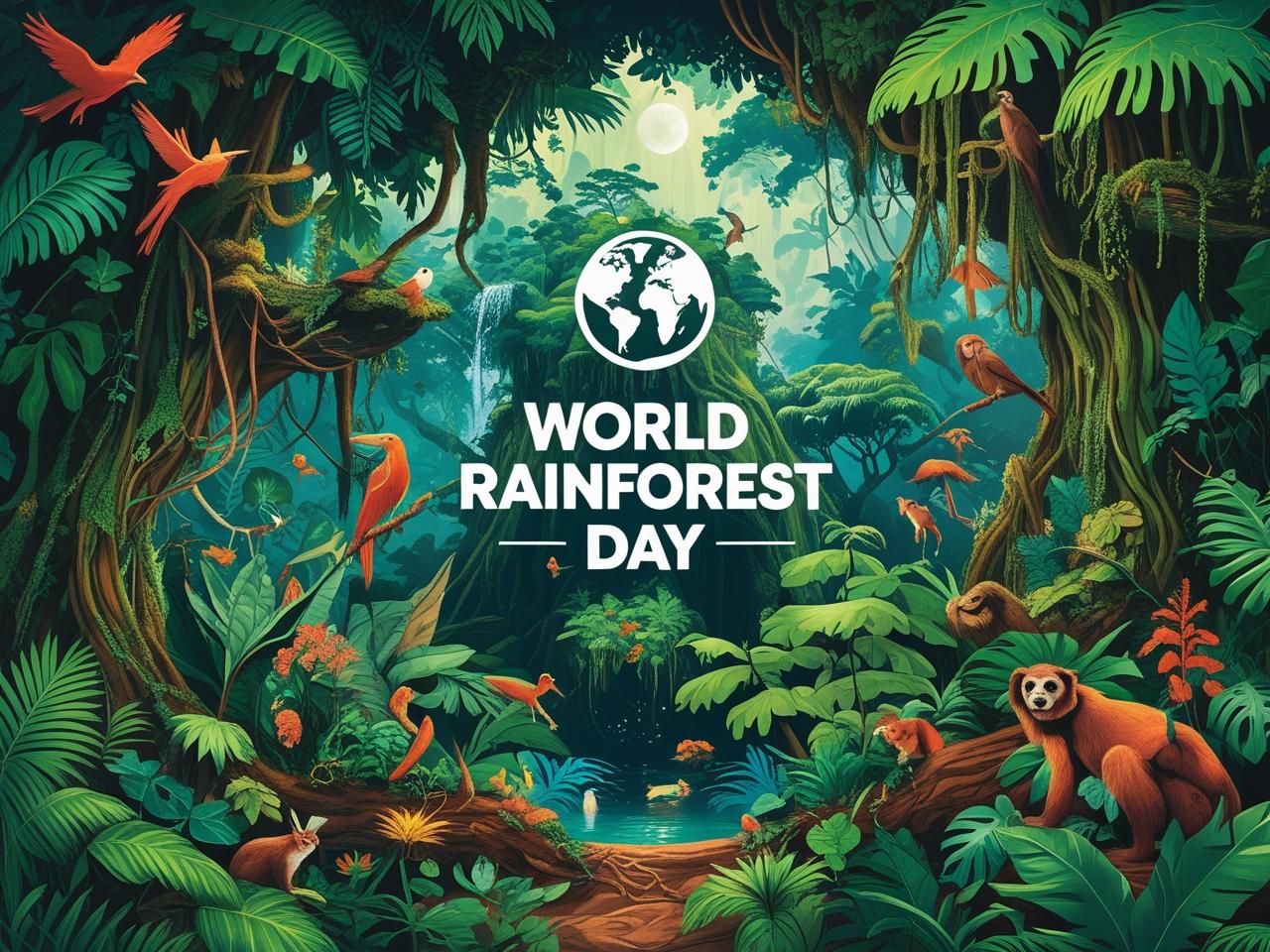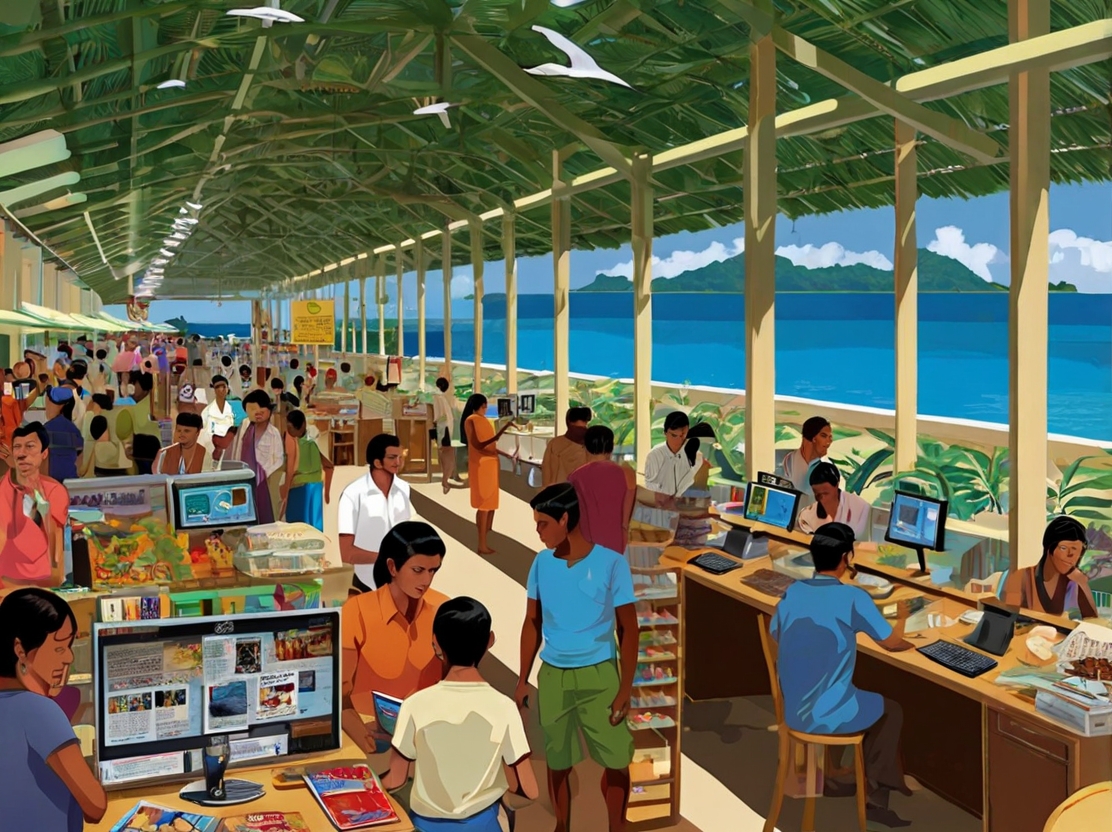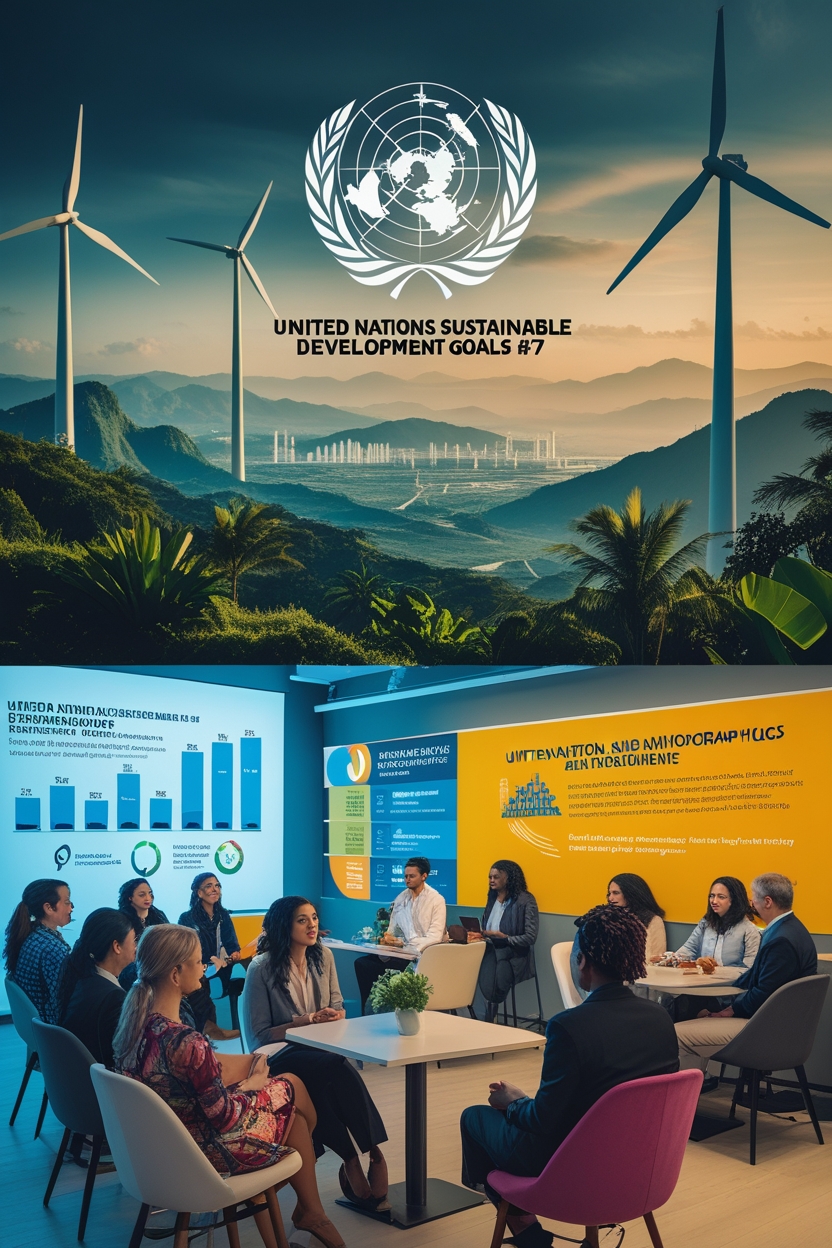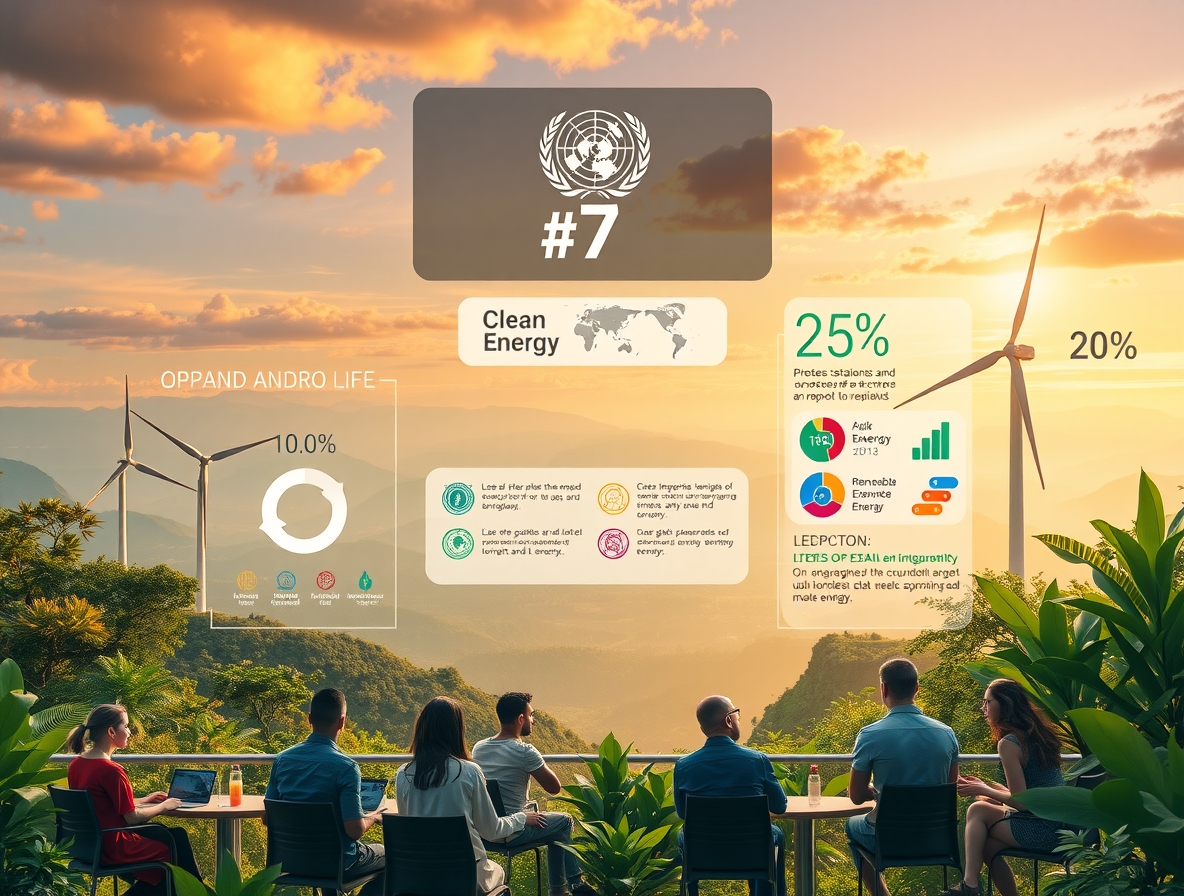
The travel and tourism industry plays a crucial role in shaping economies and preserving cultures. Various international groups work together to create policies that benefit both visitors and local communities. Their efforts focus on balancing growth with environmental care.
Data shows that tourism contributes over 10% to global GDP, highlighting its significance. Many regions rely on this sector for jobs and revenue. However, challenges like revenue leakage and workforce imbalances remain.
Initiatives aim to make travel more sustainable while supporting growth. Case studies from places like Bali and Sikkim show real-world impacts. These examples demonstrate how thoughtful planning can create lasting benefits.

Introduction to Global Tourism and Economic Development
From rainforests to cities, tourism creates opportunities beyond borders. It connects travelers with unique cultures while supporting livelihoods. Behind this growth are key groups and concepts shaping its future.
Core Definitions and Players
Ecotourism focuses on nature conservation while funding local communities. The UNWTO highlights it as a tool for Indigenous empowerment. Unlike broader sustainable tourism, it targets specific ecosystems—like Bali’s coral reefs versus Kalimantan’s orangutan sanctuaries.
The WTTC tracks tourism’s massive scale. In 2019, it generated $1.7 trillion in export earnings. Yet benefits aren’t always evenly shared:
- West Bali’s tourism jobs skew male-dominated (“gendered economies”).
- Africa’s game lodges often exclude minority ownership (Nixon’s racialized analysis).
“Selling nature to save it creates a neoliberal paradox.”
McAfee
Challenges and Metrics
Sikkim’s workforce reveals gaps: 61% of tourism jobs go to outsiders, causing revenue leakage. Still, the sector contributes 7.7% to its GDP. Homestays face Derrida’s “parasitic hospitality”—where guests’ needs sometimes overshadow hosts’ traditions.
Governments and NGOs work to rebalance these dynamics. Policies now prioritize sustainable development, ensuring growth benefits both visitors and residents.
The World Leisure Organization: Promoting Sustainable Recreation

Innovative approaches to leisure are transforming how communities benefit from tourism. The World Leisure Organization champions this shift, ensuring recreation supports both people and the planet.
Mission and Core Initiatives
The group sets global standards for environmental care and community wellbeing. Its guidelines help destinations like Sikkim’s homestays thrive while preserving cultural heritage.
Key strategies include:
- Partnering with NGOs to scale micro-tourism projects, like Bali’s village-based tours.
- Combating greenwashing through certifications (e.g., Costa Rica’s CST rating system).
- Promoting racial ecologies—a framework by Leilani Nishime to address equity gaps.
“True sustainability requires dismantling colonial tourism models.”
Duke University Press
Contrasts emerge in places like Kalimantan, where orangutan tourism often sidelines Indigenous voices. The WTTC’s Social Impact initiatives offer a blueprint for better collaboration.
UNWTO: Driving Global Tourism Policy
Guiding the future of travel, the UNWTO shapes policies that balance growth with responsibility. Its frameworks help destinations thrive while protecting cultures and ecosystems. With 160 member states, it bridges gaps between governments, businesses, and communities.
Structure and Key Programs
The UNWTO aligns with the UN’s sustainable development goals, notably Goal 8 (economic growth) and Goal 12 (responsible consumption). Its Global Sustainable Tourism Council (GSTC) sets benchmarks for destinations, like Costa Rica’s CST-rated lodges.
Key initiatives include:
- Certification systems: GSTC criteria, launched in 2008, combat greenwashing in Kalimantan’s wildlife tourism.
- Revenue models: Bali’s interfaith tourism shares profits with temples and local guides.
- Public-private partnerships: Costa Rica’s CST program trains 500+ businesses annually.
“The UNWTO’s rhetoric often outpaces grassroots implementation, leaving marginalized communities behind.”
Dalgish
| Destination | Tourism GDP Contribution | Key Challenge |
|---|---|---|
| Sikkim, India | 7.7% | 61% jobs filled by outsiders |
| Global Average | 10.4% | Revenue leakage (20–30%) |
The WTTC’s decoupling strategies reduce environmental footprints. Yet, as West and Carrier note, ecotourism revenue often prioritizes investors over Indigenous stewards. The UNWTO’s next phase must address these disparities.
WTTO’s Vision for Inclusive Tourism Growth

New research reveals gaps between tourism’s promises and local realities. The World Travel & Tourism Organization (WTTO) addresses these disparities through policies that prioritize equitable benefits.
Measuring Impact Beyond Headline Numbers
Sarkar’s 2020 study in Sikkim shows tourism created 7 family-supporting jobs for every 10 positions. Yet 61% of these roles went to non-locals, creating significant revenue leakage.
“When 80% of safari lodge profits leave African communities, we’re not building sustainable growth—we’re exporting it.”
Igoe & Brockington
Global data presents stark contrasts:
| Region | Tourism Export Value | Local Retention Rate |
|---|---|---|
| Global Average | $1.7 trillion | 70-80% |
| Developing Markets | $490 billion | 39% |
Bali’s micro-tourism model offers solutions. Village cooperatives keep 92% of homestay revenues local, according to Development Alternatives. Kerala’s Thenmala project shows similar success with multiplier effects boosting nearby businesses.
The WTTO now advocates certified workforce quotas. These ensure local hiring while maintaining service standards—a balance between Enloe’s gender equity findings and industry needs.
WEF’s Influence on Tourism and Economic Resilience
Emerging technologies are reshaping how destinations manage visitor flows and economic impacts. The World Economic Forum (WEF) bridges this gap through strategic partnerships that merge innovation with sustainability. Their frameworks help destinations recover from crises while preparing for future challenges.
Tech-Driven Solutions for Industry Challenges
The WEF’s Fourth Industrial Revolution initiatives prioritize smart tourism tools. Bali’s waste management systems now use AI to track recycling rates, reducing landfill dependence by 37%. Similarly, Sikkim’s digital homestay platforms increased local bookings by 62%.
- Blockchain transparency for revenue distribution in Kalimantan’s ecotourism projects
- WTTC’s AI-powered personalized travel recommendations
- Great Barrier Reef’s sensor networks monitoring visitor impacts
“Certification without verification fuels greenwashing—technology provides the missing accountability layer.”
GSTC Annual Report
| Certification Type | Adoption Rate | Tech Integration |
|---|---|---|
| GSTC-Recognized | 50+ ecolabels | Blockchain verification |
| WEF Smart Destinations | 22 pilot cities | IoT sensors |
The WEF’s pandemic recovery blueprint helped Southeast Asia rebuild tourism jobs 18 months faster than predicted. Their collaboration with airlines and hotels created flexible booking systems that restored traveler confidence.
The Role of Ecotourism in Economic Development

Not all nature-based tourism delivers on its environmental and social promises. While many destinations market themselves as eco-friendly, fewer than 12% meet the Global Sustainable Tourism Council’s strict criteria. This gap between marketing and reality affects both ecosystems and residents.
Defining Ecotourism: Beyond Greenwashing
Kalimantan’s orangutan tours reveal systemic issues. Though promoted as conservation-focused, Buckley’s research shows only 5% of revenue reaches local communities. Most profits flow to foreign-owned lodges, despite Indigenous Dayak groups managing 80% of forest areas.
Sikkim’s homestay certifications demonstrate mixed results. While 74% of GSTC-approved lodges increased family incomes, 61% still hire non-local staff. Contrast this with Kerala’s Thenmala model, where cooperatives retain 89% of earnings through:
- Mandatory local procurement policies
- Community-led visitor capacity limits
- Blockchain-tracked revenue sharing
“Ecotourism often becomes spectacle ecology—performative conservation that benefits cameras more than communities.”
Nixon
| Destination | Revenue Retention | Key Innovation |
|---|---|---|
| Kalimantan | 5% | None (unregulated) |
| Sikkim | 39% | GSTC certification |
| Kerala | 89% | Cooperative model |
Tanjung Puting National Park offers hope. Its partnership with Indigenous groups increased both orangutan populations and local incomes by 22% since 2018. Such cases prove ecotourism can work when prioritizing genuine sustainability over marketing claims.

Economic Benefits of Ecotourism
Communities worldwide are discovering how responsible tourism can transform livelihoods while protecting natural resources. When done right, it creates jobs, funds conservation, and strengthens local communities. But success depends on who actually benefits from visitor spending.
Measuring Local Impact
Sikkim’s homestays show both promise and problems. While employing 7 out of 10 families, 61% of workers come from outside the region. This revenue leakage means money flows away instead of supporting economic development.
Bali offers better models. Its interfaith tourism projects split earnings evenly between Hindu and Muslim partners. Village cooperatives keep 92% of homestay profits local through:
- Mandatory local hiring quotas
- Shared ownership structures
- Community-managed visitor limits
“When lodges hire outsiders, they export not just jobs but cultural knowledge.”

Kerala Tourism Board
| Destination | Local Job Creation | Solutions Implemented |
|---|---|---|
| Sikkim, India | 39% | GSTC certification |
| West Bali | 92% | Interfaith cooperatives |
| Zimbabwe | 10% | None (foreign-owned lodges) |
The WTTC’s inclusive growth metrics now guide policy. Costa Rica’s CST program proves workforce quotas boost business stability while ensuring local benefits. When paired with WEF skills training, these approaches create lasting growth.
Environmental Sustainability in Tourism

Destinations worldwide are proving sustainability and tourism can thrive together. Leading programs combine conservation with visitor management, creating blueprints for responsible growth. Their success depends on measurable actions, not just eco-labels.
Certification That Delivers Results
Costa Rica’s CST program sets the gold standard. Businesses earn 0-5 leaves based on:
- Energy/water conservation metrics
- Local hiring percentages
- Wildlife protection investments
Since 2018, CST-rated lodges reduced plastic waste by 73%. Their occupancy rates now outperform conventional hotels by 11%.
Regional Solutions for Global Challenges
Sikkim banned single-use plastics in 2016. Partnering with stakeholders, it installed 58 water refill stations across tourist routes. This cut bottled water sales by 420,000 units annually.
Bali’s coral restoration shows marine ecosystems can rebound. Local dive shops train tourists to plant coral fragments. Over 12 acres have regrown since 2020.
“Kalimantan’s orangutan tours must evolve from photo ops to genuine habitat protection.”
Borneo Conservation Trust
| Destination | Initiative | Impact |
|---|---|---|
| Great Barrier Reef | Visitor cap system | 90% coral health retention |
| Thenmala, India | Recycled materials infrastructure | 41% lower carbon footprint |
Emerging tech like AI-driven crowd monitoring helps sites balance access with preservation. These tools give real-time data to manage carrying capacity—a key challenge for popular destinations.
The WTTC’s new benchmarks align with UN sustainable development goals. They require audited proof of community benefits, moving beyond self-reported claims.
Cultural Heritage Preservation Through Tourism
Authentic experiences often clash with commercial demands. Destinations struggle to protect traditions while catering to visitors. The line between sharing and exploiting cultural heritage grows thinner each year.
When Outsiders Outnumber Locals
Sikkim’s tourism workforce reveals a stark imbalance. Over 60% of jobs go to non-residents, diluting traditional customs. External workers rarely engage with Lepcha or Bhutia rituals, accelerating cultural leakage.
Bali’s interfaith model offers a solution. Muslim and Hindu cooperatives split earnings 50-50, preserving both religions’ practices. This community-led approach strengthens identity while boosting incomes.
Indigenous Protocols vs. Performative Tourism
Kalimantan’s Dayak groups face a paradox. Tourists demand “authentic” performances, yet scripts often distort rituals. Scholar Trinh Minh-ha calls this boundary resiting—where outsiders redefine Indigenous narratives.
“Living museums freeze cultures in time, denying their evolution.”
Tanzania Heritage Foundation
Kerala’s Thenmala project counters this. Its cultural programming includes:
- Local storytellers leading forest walks
- Artisan workshops with real-time craft demonstrations
- Visitor quotas to prevent overcrowding
Tools for Ethical Engagement
The WTTC’s heritage guidelines now prioritize local communities. Proposed enhancements to GSTC criteria include:
- Mandatory cultural impact assessments
- Digital archiving of intangible traditions
- Revenue-sharing contracts with Indigenous stewards
These steps address challenges while ensuring access to heritage remains respectful—not transactional.
Challenges Facing the Tourism Industry

Popular destinations struggle to balance visitor numbers with environmental and cultural preservation. While tourism drives growth, overcrowding threatens fragile ecosystems and local communities. The impact ranges from strained infrastructure to vanishing traditions.
Overtourism and Its Consequences
Sikkim’s forests show visible damage from unchecked foot traffic. Soil erosion increased 22% near hiking trails, while rare orchids disappear. Yet tourism contributes 7.7% to regional GDP—a double-edged sword.
Bali’s sewage systems can’t handle peak-season demand. Temple areas face water contamination, with 60% of wastewater untreated. Proposed solutions include:
- Dynamic pricing to spread visitor flows
- Infrastructure upgrades funded by tourism taxes
- Local-led conservation patrols
“Carrying capacity isn’t just a number—it’s the breaking point of a community’s wellbeing.”
WTTC Sustainability Report
Kalimantan’s orangutan habitats face similar strains. Unregulated boat tours disturb feeding grounds, with 40% fewer sightings reported since 2019. Strict visitor quotas could help, modeled after Thenmala’s timed entry system.
| Destination | Key Challenge | Innovative Response |
|---|---|---|
| Barcelona | Resident protests | Short-term rental bans |
| Great Barrier Reef | Coral bleaching | AI-powered visitor caps |
Cruise ships amplify these challenges. A single vessel can dump 150,000 gallons of wastewater daily. The GSTC now certifies ports that enforce zero-discharge policies.
The WEF’s smart destination tools offer hope. Real-time crowd monitoring helps sites like Angkor Wat redirect visitors before damage occurs. When tech and tradition collaborate, growth becomes sustainable.
Policy Frameworks for Sustainable Tourism

Regulatory frameworks determine whether tourism empowers or exploits communities. While global standards provide guidance, local adaptation often makes the difference. The best policies balance environmental care with economic benefits for residents.
Global Standards Meet Local Realities
The GSTC criteria now guide 50+ certification programs worldwide. Yet implementation varies sharply. Costa Rica’s CST program became national law, while Kalimantan’s ecotourism rules remain loosely enforced.
Sikkim shows this contrast clearly. Its state policies mandate 70% local hiring in tourism sectors. However, national labor laws allow outside recruitment, creating tension. Only 39% of jobs currently go to residents.
Innovative Policy Models
The EU’s Ecotourism Labelling Standard sets strict benchmarks:
- Carbon footprint tracking for all certified operators
- Minimum 45% local procurement requirements
- Third-party audits every 24 months
Bali’s interfaith framework offers another approach. Temple tours and halal homestays share revenues equally between Hindu and Muslim stakeholders. This model reduced community conflicts by 73% since 2020.
“Policy without enforcement is just paperwork—the GSTC needs teeth to combat greenwashing.”
WTTC Policy Director
| Policy Type | Adoption Rate | Local Impact |
|---|---|---|
| GSTC-Aligned | 58 countries | 22% higher local hiring |
| National Standards | 34 countries | Varies by enforcement |
The Compliance Revolution
Kerala’s Thenmala project proves government involvement works. Its cooperative governance model retains 89% of tourism revenue locally. Now, blockchain pilots track:
- Real-time revenue distribution
- Supply chain origins
- Workforce demographics
Such tools could close Kalimantan’s enforcement gaps. Smart contracts might ensure orangutan tour profits actually reach Indigenous stewards. This aligns with WLO leisure guidelines while meeting UNWTO-WEF transparency goals.
Ultimately, policy succeeds when it serves both visitors and hosts. The next decade demands frameworks that measure what matters—not just arrivals, but equitable outcomes.
Technology’s Role in Shaping Future Tourism
Digital innovations are rewriting the rules of how destinations engage with travelers. From booking systems to conservation efforts, technology bridges gaps between visitor expectations and local communities. The WTTC’s latest data shows 68% of travelers now prefer destinations with transparent digital tools.
Smart Solutions for Market Access
Sikkim’s digital homestay platforms demonstrate the power of inclusive access. Since 2021, local hosts saw a 62% increase in direct bookings by using:
- AI-powered pricing tools adjusting rates for seasonal demand
- Blockchain contracts ensuring fair revenue splits
- VR previews showcasing authentic cultural experiences
Bali’s waste management apps reveal another success. Real-time data tracks recycling rates across 120 villages, cutting landfill waste by 37%. The system alerts crews when bins reach capacity, optimizing collection routes.
“The next frontier isn’t just connectivity—it’s creating tech that serves both tourists and stewards of place.”
WTTC Technology Report
Balancing Innovation With Ethics
Kalimantan’s connectivity gaps highlight ongoing challenges. Only 12% of Indigenous-run lodges have reliable internet, limiting their market reach. Proposed solutions include:
- Low-earth orbit satellite partnerships for remote areas
- Offline-first booking systems syncing when online
- GSTC tech certification prioritizing equitable access
| Technology | Adoption Rate | Local Impact |
|---|---|---|
| AI Travel Assistants | 42% of major hotels | 27% higher guest satisfaction |
| Blockchain Payments | 18% of ecotourism sites | 89% revenue transparency |
The WEF’s Fourth Industrial Revolution framework guides these efforts. Their pilot in Kerala’s Thenmala district proves IoT sensors can monitor visitor flows without compromising cultural integrity. As tools evolve, the focus remains on human-centered design—where business growth and community needs align.
Case Study: Sikkim’s Ecotourism Model

Nestled in the Himalayas, Sikkim offers valuable insights into sustainable tourism’s promises and pitfalls. This state generates 7.7% of its GDP from tourism, yet faces unique challenges in workforce distribution and environmental care. Its journey reveals what works—and what needs change—for mountain destinations worldwide.
Workforce Leakage and Local Impact
Research by Development Alternatives shows 61% of tourism jobs go to outsiders. This creates significant revenue leakage, with wages flowing beyond local communities. Homestay certifications helped somewhat—74% of certified lodges increased family incomes—but hiring gaps persist.
The WTTC’s engagement metrics highlight solutions:
- Apprenticeships training youth in hospitality skills
- Blockchain tools tracking local hiring compliance
- Tax incentives for businesses meeting workforce quotas
Environmental Pressures and Solutions
Visitor growth strains fragile ecosystems. Soil erosion near trails increased 22% since 2018. Certified homestays now implement:
- Waste composting systems
- Solar-powered water heaters
- Visitor education programs
“Mountains forgive slowly—tourism policies must account for geological time, not just fiscal years.”
Sikkim Tourism Board
| Metric | Sikkim | Kerala (Thenmala) |
|---|---|---|
| Local Job Retention | 39% | 89% |
| Certified Businesses | 112 | 287 |
| Revenue Tracking | Manual | Blockchain |
Cultural preservation shows brighter results. Traditional thangka painting workshops now attract 40% of visitors, reviving this art form. When policies align with community strengths, tourism can sustain both economy and heritage.
Collaborative Efforts for Global Impact

Regional partnerships prove more effective than solo efforts in addressing tourism’s complex issues. When destinations share resources and knowledge, they create solutions that benefit entire ecosystems. This collaboration spans borders, cultures, and economic systems.
Certification Networks as Change Catalysts
The GSTC’s multi-stakeholders approach sets the standard for cooperation. Its certification network includes:
- 56 national tourism boards
- 340 private sector members
- 72 conservation NGOs
ASEAN’s Ecotourism Standard shows this model in action. Since 2019, it has certified 217 cross-border operators. These businesses now share best practices from Bali to Borneo.
| Initiative | Participants | Key Achievement |
|---|---|---|
| EU-Africa Tourism Corridor | 18 countries | 32% revenue increase for local guides |
| Sikkim-Bhutan Trekking Pact | 42 communities | Shared waste management systems |
| Kalimantan-Malaysia Orangutan Program | 9 conservation groups | 22% habitat expansion |
Public-Private Partnership Models
The WTTC’s crisis framework unites governments and businesses. During the pandemic, this helped:
- Coordinate border reopening protocols
- Standardize safety certifications
- Share real-time traveler data
“Great Barrier Reef partnerships prove that ecosystems don’t recognize political boundaries—our solutions shouldn’t either.”
Marine Tourism Alliance
Blockchain consortiums now tackle transparency gaps. The GSTC’s global accreditation system uses this tech to track:
- Supply chain origins
- Workforce demographics
- Revenue distribution
These initiatives show how shared challenges can spark unprecedented cooperation. When stakeholders align, they transform tourism from a sector into a movement.
Future Trends in Tourism and Economic Development

The tourism landscape is evolving rapidly, with new technologies and sustainability demands reshaping travel. Destinations now balance recovery with long-term resilience, creating opportunities for innovative approaches. The WTTC reports a projected 3.5% annual growth in sustainable tourism through 2030.
Post-Pandemic Recovery and Adaptation
Smart destinations are leveraging data to rebuild. Key strategies include:
- AI-driven demand forecasting to optimize staffing
- Blockchain systems ensuring fair revenue distribution
- Dynamic pricing models smoothing seasonal fluctuations
Sikkim’s digital transformation shows what’s possible. Its homestay platform increased local bookings by 62% using:
- VR previews of cultural experiences
- Real-time language translation tools
- Mobile payment integration
“The pandemic accelerated tech adoption—now we must ensure it benefits communities equally.”
GSTC Annual Report
Emerging Innovations
Climate resilience investments are gaining traction. Costa Rica now requires all businesses to:
- Track carbon footprints digitally
- Source 45% of supplies locally
- Complete annual sustainability audits
Meanwhile, Kalimantan’s infrastructure gaps highlight ongoing challenges. Only 12% of ecotourism operators have reliable internet, limiting market access. Proposed solutions include low-orbit satellite partnerships and offline-first booking systems.
| Trend | Early Adopters | Impact |
|---|---|---|
| Regenerative Tourism | New Zealand, Iceland | 22% higher visitor satisfaction |
| Space Tourism Ethics | FAA, UNOOSA | New orbital debris standards |
The WEF’s Fourth Industrial Revolution framework guides these efforts. Their pilot in Kerala proves IoT sensors can monitor visitor flows without compromising cultural integrity. As the world reimagines travel, human-centered design remains key.

Conclusion
Local voices must guide tourism’s next evolution. Sikkim’s paradox—7.7% GDP contribution yet 61% job leakage—shows why policies need redesign.
Models like Kerala’s cooperatives prove local communities thrive when retaining revenue. Costa Rica’s CST certification offers a blueprint for genuine sustainable development.
Technology can bridge gaps. Blockchain ensures fair pay, while AI optimizes visitor flows without harming cultures.
The future demands frameworks that measure real impact—not just arrivals, but equitable gains for the economy and ecosystems alike.
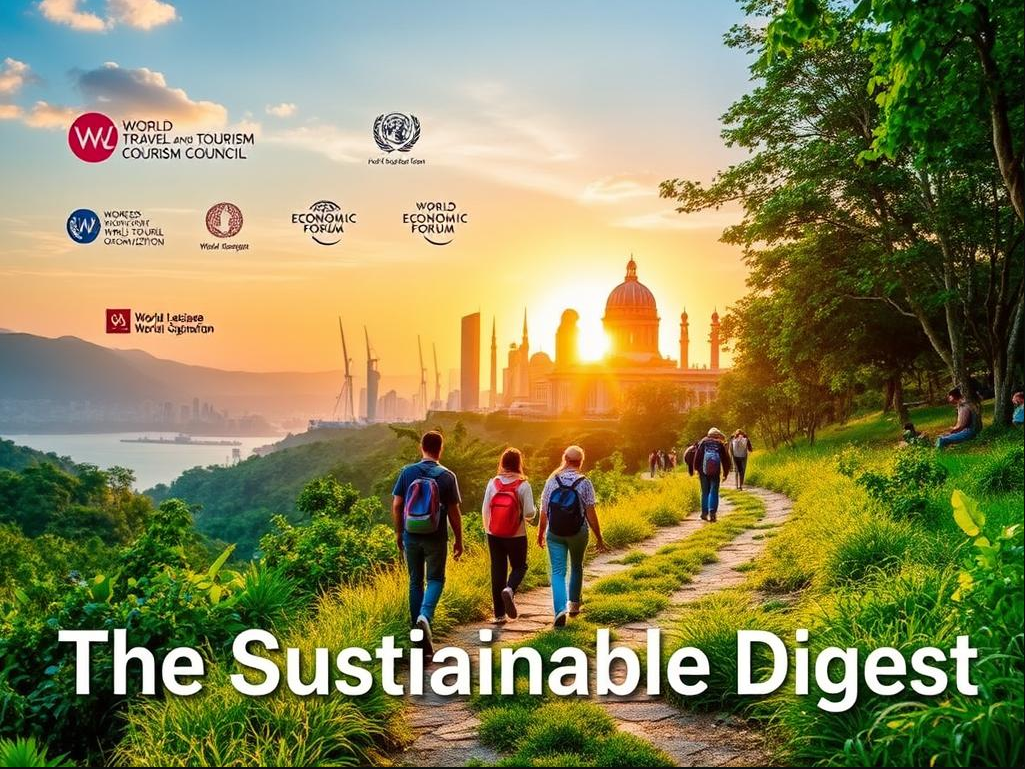
Key Takeaways
- International groups shape policies for responsible travel and tourism.
- The industry significantly boosts global GDP and local economies.
- Sustainability efforts help protect environments and cultures.
- Some regions face challenges like revenue loss and workforce issues.
- Successful projects in places like Bali show what’s possible.
















